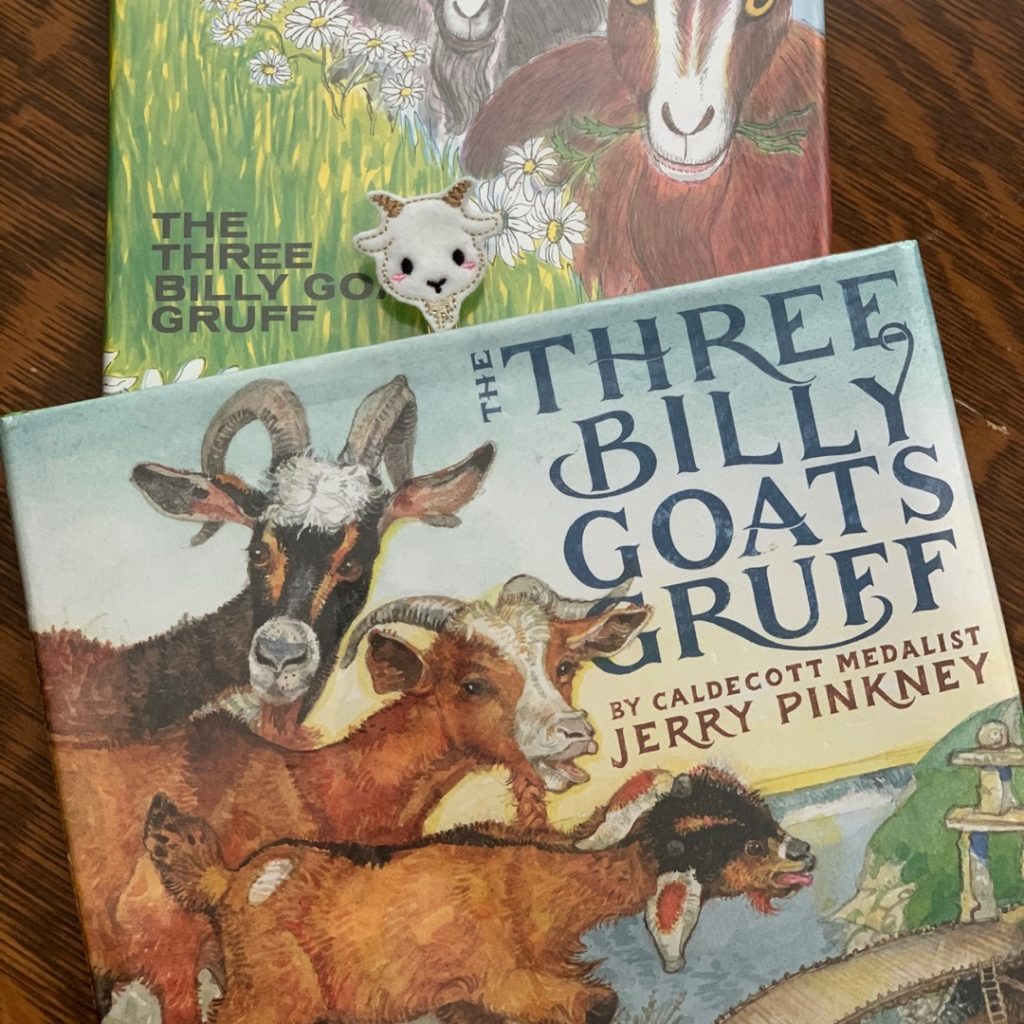

Love and Angst
Edvard Munch
A remarkable examination of Edvard Munch’s prints, which were central to his creative process and established his reputation as an artist.
Edvard Munch (1863–1944), one of the most famous expressionist artists, was a Norwegian painter and is best known for The Scream. The Scream was conceived in Kristiania. According to Munch, he was out walking at sunset, when he ‘heard the enormous, infinite scream of nature’. Munch wrote of how the painting came to be: “I was walking down the road with two friends when the sun set; suddenly, the sky turned as red as blood. I stopped and leaned against the fence, feeling unspeakably tired. Tongues of fire and blood stretched over the bluish black fjord. My friends went on walking, while I lagged behind, shivering with fear. Then I heard the enormous, infinite scream of nature.” He later described the personal anguish behind the painting, “for several years I was almost mad… You know my picture, ‘The Scream?’ I was stretched to the limit—nature was screaming in my blood… After that I gave up hope ever of being able to love again.” The painting’s agonised face is widely identified with the angst of the modern person.
Edvard Munch: love and angst, published 75 years after the artist’s death, will shed light on the imagery and production of some of Munch’s most intriguing, often overlooked prints.


(Norwegian: De tre bukkene Bruse)
is a Norwegian fairy tale collected by Peter Christen Asbjørnsen and Jørgen Moe in their Norske Folkeeventyr, first published between 1841 and 1844. It has an “eat-me-when-I’m-fatter” plot.
Norway, I’ve found wonderful picture books for every month we’ve done so far. The Jerry Pinkney book pictured is my favorite. The art is fun, and it even has pages that pull out! I am partial to Jerry’s books, I own quite a few. The other book pictured was just okay.
Book:
A classic read-aloud favorite addressing bullying retold by acclaimed artist Jerry Pinkney.
Jerry Pinkney puts his indelible stamp on another beloved folktale in the same vein as the Caldecott Medal-winning The Lion & the Mouse and the highly acclaimed The Tortoise & the Hare and The Grasshopper & the Ants.
When the three billy goats Gruff are hungry, they see bountiful grass to eat across an old bridge. But the bridge is home to a terrible troll, who is peckish himself, and looking for a tasty morsel to gobble up. In his interpretation of the timeless tale, Jerry Pinkney shows there’s little good to come from greed–but in the end, redemption for even the most trollish bully is possible. A dramatic gatefold heightens the climax of this brilliant rendition.
A favorite from my childhood 🐐🐐🐐.

The DK Eyewitness book has just gorgeous pictures. I want to visit all the churches, especially Borgund Stavkirke -the only Stave church to be unchanged since the Middle Ages! The landscape appears to be stunning and all the little villages, just wow.
🇳🇴
My teen and middle grade reads we’re both very good. I recommend them both.
🇳🇴
It’s October 1942, in Oslo, Norway. Fifteen-year-old Ilse Stern is waiting to meet boy-next-door Hermann Rod for their first date. She was beginning to think he’d never ask her; she’s had a crush on him for as long as she can remember. But Hermann won’t be able to make it tonight. What Ilse doesn’t know is that Hermann is secretly working in the Resistance, helping Norwegian Jews flee the country to escape the Nazis. The work is exhausting and unpredictable, full of late nights and code words and lies to Hermann’s parents, to his boss… to Ilse. Almost Autumn.
🇳🇴
Imbued with a Scandinavian sensibility, this novel by Parr presents fun alongside concepts such as death, physical distance between friends, and estrangement in an age-appropriate format, and both encourages readers to question new ideas and offers a fertile foundation for imagination. Pippi Longstocking meets Heidi meets Anne Shirley in this tale of an irrepressible girl in a mountain village who navigates unexpected changes with warmth and humor. Astrid the Unstoppable.
🇳🇴
The Country Explorer Norway is filled with relevant information to teach you daily life in Norway. Wonderful.
🇳🇴
This challenge #FOODANDLIT has been nothing short of amazing.

There was a young girl named Halva up in Finnmark who found a white bear cub alone in the woods. Halva takes the cub home, where they name her Sister Bear. Not only does Sister Bear hunt for the family and protect Halva, but she likes to dance while Halva plays the flute. Halva decides to show off Sister Bear to the king of Denmark. But on their journey, they run into trouble with some big, ugly, hungry trolls, and Halva learns just how lucky she is to have a loving friend like Sister Bear.
🇳🇴
Norwegian Folktales (The Pantheon Fairy Tale and Folklore Library)
These 35 folk tales have been gathered from Peter Christen Asbjárnsen and Járgen Moe’s landmark nineteenth-century collections. In this sparkling translation by Pat Shaw and Carl Norman, accompanied by a selection of the magnificent original illustrations of Erik Werenskiold and Theodor Kittelsen, are captivating stories of witches, trolls, and ogres; sly foxes and mysterious bears; beautiful princesses and country lads-turned-heroes that brim with the matchless vitality and power of their original telling.
🇳🇴
d’Aulaires’ Book of Norwegian Folktales.
First printed in 1938, this selection of timeless stories returns to enchant audiences all over again. Experience Norway’s magical world of cinderlads, princesses, and trolls throughout the pages of d’Aulaires’ Book of Norwegian Folktales.
I love folktales some of my very favorite things to read.
Constitution Day is the national day of Norway and is an official public holiday observed on 17 May each year. Among Norwegians, the day is referred to simply as syttende mai(“Seventeenth May”), Nasjonaldagen (“National Day”) or Grunnlovsdagen (“Constitution Day”), although the latter is less frequent.
The Constitution of Norway was signed at Eidsvoll on 17 May 1814. The constitution declared Norway to be an independent kingdom in an attempt to avoid being ceded to Sweden after Denmark–Norway’s devastating defeat in the Napoleonic Wars.
The celebration of this day began spontaneously among students and others from early on. However, Norway was at that time in a personal union with Sweden (following the Convention of Moss in August 1814, by which they shared a monarch as separate nations) and for some years the King of Sweden and Norway was reluctant to allow the celebrations. For a few years during the 1820s, King Karl Johan actually banned it, believing that celebrations like this were, in fact, a kind of protest and disregard—even revolt—against the union.[ The king’s attitude changed after the Battle of the Square in 1829, an incident which resulted in such a commotion that the king had to allow commemorations on the day. It was, however, not until 1833 that public addresses were held, and official celebration was initiated near the monument of former government minister Christian Krohg, who had spent much of his political life curbing the personal power of the monarch. The address was held by Henrik Wergeland, thoroughly witnessed and accounted for by an informant dispatched by the king himself.
After 1864 the day became more established when the first children’s parade was launched in Christiania, at first consisting only of boys. This initiative was taken by Bjørnstjerne Bjørnson, although Wergeland made the first known children’s parade at Eidsvoll around 1820. It was only in 1899 that girls were allowed to join in the parade for the first time. In 1905, the union with Sweden was dissolved and Prince Carl of Denmark was chosen to be King of an independent Norway, under the name Haakon VII. Obviously, this ended any Swedish concern for the activities of the National Day.
By historical coincidence, the Second World War ended in Norway nine days before that year’s Constitution Day, on 8 May 1945, when the occupying German forces surrendered. Even if The Liberation Day is an official flag day in Norway, the day is not an official holiday and not widely celebrated. Instead, a new and broader meaning has been added to the celebration of Norwegian Constitution Day on 17 May to reflect the victory over Nazi oppression.


Adventures of a 14-year-old Norwegian boy named Espen during World War II. After Nazi Germany invades and occupies Norway, Espen and his friends are swept up in the Norwegian resistance movement. Espen gets his start by delivering illegal newspapers, then graduates to the role of courier and finally becomes a spy, dodging the Gestapo along the way. During five years under the Nazi regime, he gains,and loses friends, falls in love, and makes one small mistake that threatens to catch up with him as he sets out to escape on skis over the mountains to Sweden.
Preus incorporates archival photographs, maps, and other images to tell this story based on the real-life adventures of Norwegian Erling Storrusten, whom Preus interviewed in Norway.
As a student during the occupation of Norway by Nazi Germany, Storrusten was a member of the clandestine intelligence organization XU, and among his activities was supervision of activities at the Wehrmacht headquarters in Lillehammer.
XU (X for “unknown” and U for “undercover agent”) was a clandestine intelligence organisation working on behalf of Allied powers in occupied Norway during World War II. Though its work proved invaluable for operations against German operations in Norway, most of its operations, organization, etc., were kept secret until 1988. Although XU was initially organized by a leadership with a military background, its further development relied heavily upon recruiting students.
In the spring of 1942, the Gestapo became aware of XU’s activities and initiated operations to identify and arrest its leaders. Several leaders from the Oslo cell fled to neutral Sweden in July 1942, and set up headquarters for the organization there. They continued to move in and out of Norway. The leader was killed in a Gestapo operation in Oslo in April 1943 without revealing his role in XU. XU continued its work under the leadership of Øistein Strømnæs and Anne-Sofie Østvedt, whose identities were kept secret until recently.
I knew nothing of any of this history- one of the reasons I love this #FOODANDLIT challenge.
That’s a wrap for NORWAY. I learned quite a bit.
Although I did not fall in love with Norway I did enjoy this month very much and found some wonderful reads.



















